The mainstream voice synthesis method used today is sampling-based. It has dominated the market since the late 1980s, and nearly 40 years later, its position remains unchallenged. Although it is not a synthesis method, it seems that the trend over the past 10 years has been to try to reproduce analog sounds digitally as software. As technology evolves, it seems that it would be good to see the emergence of voice synthesis methods that take a different approach to the conventional methods, but I don't see this very often. In this article, I would like to introduce a unique granular synthesis method that could be considered a member of the sampling family, but which has a slightly different approach.
The History of Granular Synthesis
These days, it's not uncommon to hear the word 'granular' used in relation to sound sources and effects, but the history of this concept is long and it's hard to say where it will end up. It's also mentioned in connection with Norbert Wiener, who is famous for his work on cybernetics. The use of technology in music became a reality in the 1970s, as it was essential to the music. The approach began around the 1960s, and the architect and contemporary music composer Iannis Xenakis described its compositional theory. In the 1970s, Curtis Roads conducted experiments using computers. In the 1980s, the contemporary music composer Barry Truax created a work called “Riverrun”. He used a DMX-1000 Signal Processing Computer for synthesis. And from 2000 onwards, we started to see granular synthesis in the form of plugins.
What is Granular Synthesis?
Granular means “grain”, so it refers to a synthesis method that uses sound grains. I think he probably wanted to treat sound as something with a higher degree of purity. It's as if all sound is made up of sound grains. It's as if Fourier transformation has been taken to another level. You can see this philosophy in Barry Truax's synthesis of sine waves.
Since sound has a time axis, in granular synthesis the smallest grain is often defined as being in the range of 10 to 50 msec. In practice, this has been extended to around 300msec for ease of use. If you listen to just one grain, it is difficult to hear the pitch, etc., and this is particularly noticeable with low notes. At around 10msec, it almost becomes a clicking sound. By laying out these grains of sound and reconstructing them as a group, the pitch and texture are formed, and various sounds can be created. This is an overview of granular synthesis.
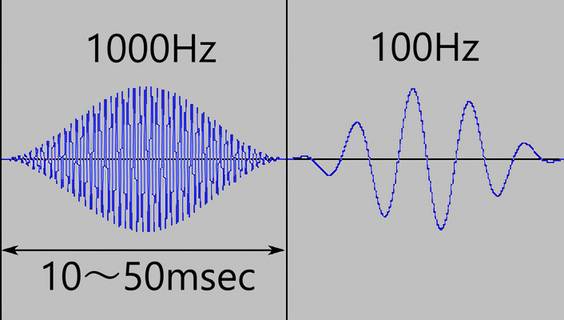
The mechanism is easy to understand, but the phenomenon that emerges from it is troublesome. Since actual granular synthesis works with samples, it looks the same as a sampling-type synthesizer, but if you understand that the underlying philosophy is very different, I think you will be able to see how to use granular synthesis.
For example, treating each grain as slightly different can bring out the characteristics of granular synthesis. The slight randomness in the way the grains overlap, the pitch, volume and distortion, etc., creates an organic expression. The lower waveform is a sound using a sine wave, but by changing the characteristics of each grain, it becomes a slightly chaotic sound. On the other hand, if you remove the grain-like characteristics, it becomes difficult to differentiate it from other sound sources.
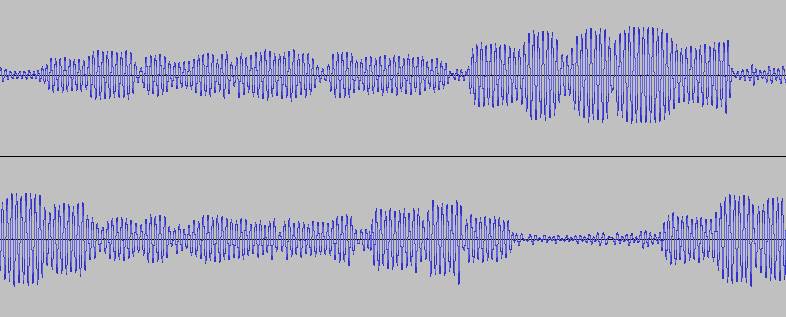
How to Use
This sound source has a strong characteristic, and it is not a versatile sound source that can be used for anything. Also, you need to be aware of the waveform when creating sounds.
Here, I will try to see what I can do by sampling the C4 (261.626Hz) note on the piano. The diagram below shows the waveform of the piano, and you can see that it gradually decays.

Cut out the red-framed area and try arranging it. Because the grains are shorter than the gaps, there are also gaps where there is no sound. As you can see, it sounds artificial. The important thing is that when grains that are too short, around 10msec, start to be strung together, a sense of pitch begins to emerge. The gaps don't interfere with the sense of pitch.

Next, let's try changing it to a slightly more natural sound. I lengthen the grains, eliminate the silent parts, and add fade-in and fade-out to each grain, overlapping them slightly. A tremolo-like effect occurs at each interval, but because there is no attack, the sound becomes very different from the piano sound. It becomes a sound like a bowed string instrument, like a violin.

Randomness is added to each parameter, such as the part to be read and the length of the grains. If you set the randomness to the maximum, even the flow becomes unclear, and you won't know which direction the sound is heading. Rather than the sound of an instrument, it is a chaotic environmental sound that is used in soundscapes. It could be said that it is a sound that is unique to granular synthesis.

Since it is possible to operate each grain individually, I have just tried raising the pitch by one grain at a time. It's hard to see in the waveform…

Let's try to make the sound of the piano sound like a piano, which is unique to granular synthesis. If you play the whole thing back, you'll get the real sound, but that would be the same as a sampled sound source, so let's try moving the place where I cut it out as time passes. In other words, I'll cut out the piano sound at each moment and connect them together like an animation. When I do that, the piano sound will be reproduced in small pieces. It will sound like a piano, but it will be a strange sound.
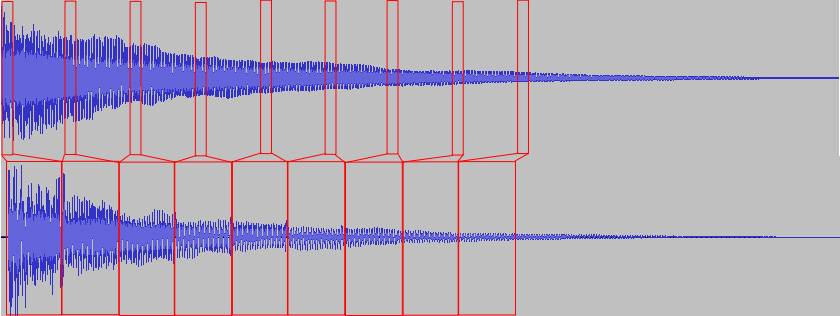
I'll try to make a percussion sound from a piano sound. Membranophone instruments tend to have a slight drop in pitch from the moment they start to sound. If you simulate this with a piano sound, it will sound like a percussion instrument. You can see that the intervals between the waveforms are gradually widening.

The Importance of Samples
As mentioned above, it is possible to create variations from a single sound sample, but the sound color of the sample is dominant, so you need to carefully consider the sample you use and the location you extract it from in order to get away from that. There are also various ways of processing, so I think you need to have some experience. Depending on how you think about it, it is also similar to a wavetable, so I think it is also good to think of the sample as a wavetable. I tried the above with acoustic sounds, but I thought that the artificial waveforms sine wave, square wave, and chirp sound would go well with granular.
Introduction of Granular Synthesis
It is not unusual for hybrid synthesizers to incorporate granular synthesis. There are also granular effects that use the same principle. The following is a simple software synthesizer that only has a granular function, so it is a good plugin for those who want to try out what a granular synthesizer is like.
STONE VOICES PlyGAS Free
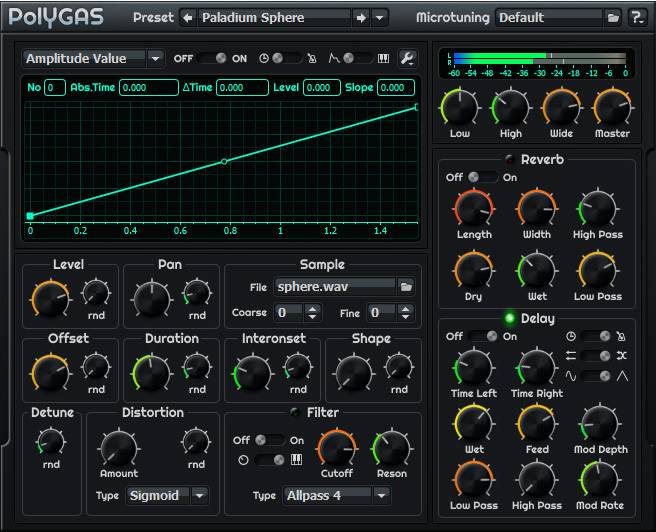
The “sound & person” column is made up of contributions from you.
For details about contributing, click here.












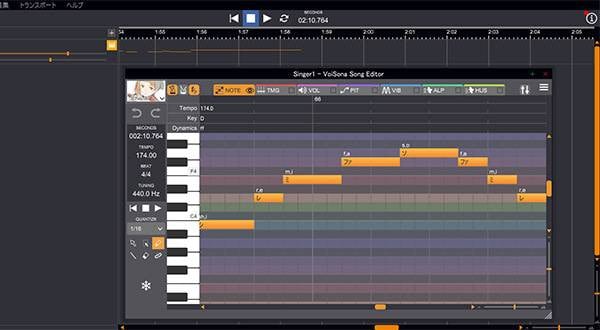
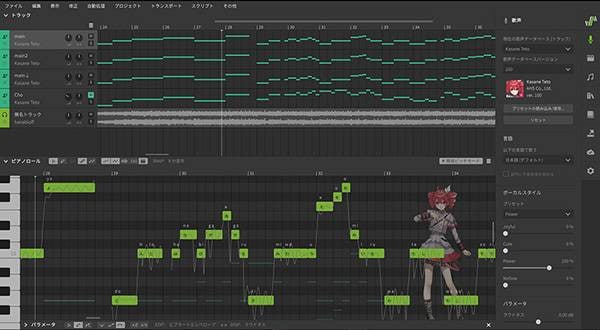
![[2025 Latest Edition] Choosing a Synthesizer/Popular Synthesizers Ranking](/contents/uploads/thumbs/2/2022/9/20220916_2_19446_1.jpg)

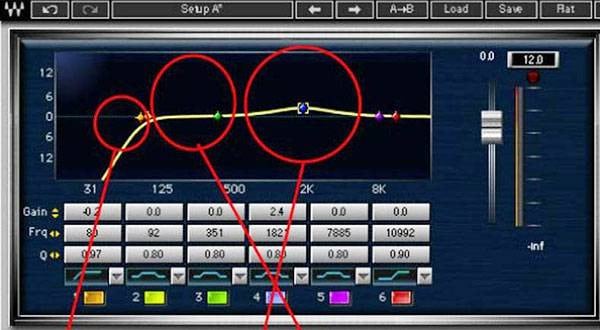
 DTMセール情報まとめ
DTMセール情報まとめ
 USB接続MIDIインターフェイス
USB接続MIDIインターフェイス
 ドラム音源に最適なMIDIパッド・コントローラー
ドラム音源に最適なMIDIパッド・コントローラー
 USB接続対応のMIDIキーボード
USB接続対応のMIDIキーボード
 DTMに必要な機材
DTMに必要な機材
 DTM・DAW購入ガイド
DTM・DAW購入ガイド















